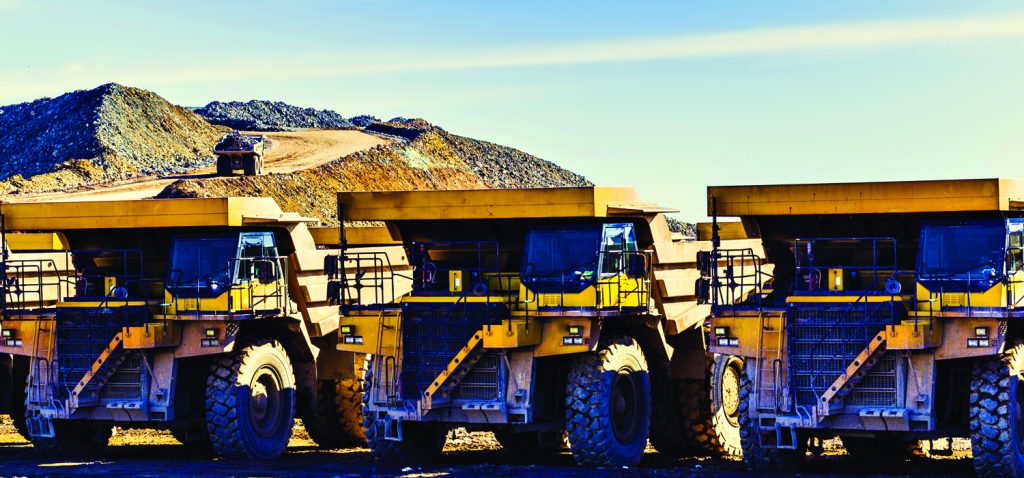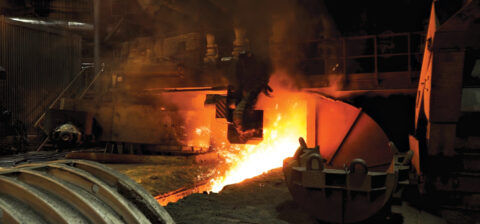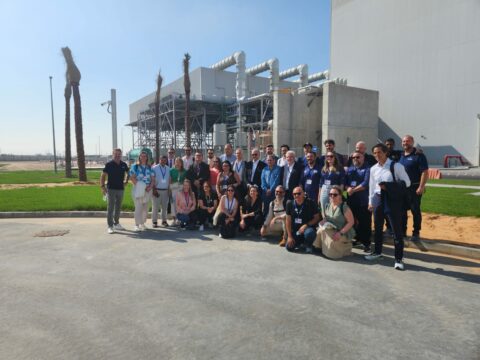SA Mining
Electric Mining Fleet To Help Decarbonise The Industry
By Itumeleng Mogaki
Even though using battery-powered electric vehicles (BEVs) in efforts to decarbonise the mining industry is useful, overall a one-size-fits-all approach is not possible because of how vast the industry is. Added to that, going green with mobile machinery is dependent on the size, infrastructure and unique operational needs of each mine.
These are some of the views that came across when SA Mining spoke to leading technology and business development experts in the field of mining.
Peter Snellink, export manager at AutoX, says it’s important to first clarify that with every underground mining or open-pit (above ground) mine, the individual operation will have different requirements around machinery or vehicles.
“For any underground mining, the industry does not allow for the use of diesel-fuelled propulsion on machinery such as forklifts and other smaller modes of transport. Rather, only specialised lithium batteries or conventional batteries, including above-surface generated electrical sources, are used to power up their underground transport fleet – for health and safety reasons,” says Snellink.
Emission challenges
Dick Kruger, strategic adviser at Mandela Mining Precinct, says BEVs are not a new concept in the mining sector.
“Battery electric-powered locomotives have been used for quite a while in mining and are specifically found underground where there are rail trains, and that decision is for ergonomic reasons and the general safety of underground workers,” he says.
“Big mines deploy diesel-powered vehicles above ground because there’s at least open air, but the danger remains of the emission of toxic gases into the environment, which is a problem for the green society.”
Snellink says with batteries, there are very few to no emissions, except some water or hydrogen gases, which – while not especially harmful – are and can be explosive if not treated in the correct manner.
“Harmful carbon dioxide gases are generated and expelled mainly from the engine operations and exhaust discharge of the engine. Large excavators such as Caterpillars, Komatsu, Hitachi and Hyundai often operate in open-pit, opencast or strip-mining grounds, and these currently run on either full diesel or hybrid-fuel electric systems, which will be a focus of future development.”
The challenge with specialist mining vehicles is that they emit high levels of carbon dioxide and that can be harmful to the general environment, he says. “Underground machinery is run mainly off electricity, on rail trains and forklift systems driven by battery-electric power, and that will come in the form of two 36-volt to 48-volt systems.”
Pros and cons
To date, notes Alex Fenn, head of technology and innovation at Sibanye-Stillwater, the adoption of electric vehicles has been slow. This is because the only real alternative to diesel is battery electric vehicles. But there are a couple of constraints with the deployment of BEVs.
“The batteries used for industrial BEVs have a low energy density. This means that the energy capacity is limited and the operating time of a vehicle is reduced. When the battery is depleted, the charging time is also an issue, as it takes a lot longer than filling a unit up with diesel.
“The limitation in technology means that BEVs are not necessarily fit for purpose in the context of highly efficient mining. You don’t want to take something off the production line for four to six hours a day, as you would have lost that time to the process.”
Fenn says that given the carbon emissions associated with diesel-powered equipment, there is a need to move to some form of electric vehicle to mitigate those emissions, and to realise carbon neutrality.
“The mining industry is broadly committed to carbon neutrality; therefore electric vehicles are absolutely critical to reducing emission and achieving that objective,” says Fenn.
He does however say that if you electrify a mining fleet, one of the key constraints in South Africa is a shift from scope 1 to scope 2 emissions, where the bulk of electricity supplied by the local utility is still relatively carbon-intense.
Echoing the same sentiment, Snellink adds: “Unfortunately in South Africa, even for the mining sector, the implementation of electric vehicles that need to recharge after use also means that the electricity to charge these vehicles ultimately comes from coal-fired power stations with carbon emissions, so systems are still going to take a while to introduce.”
The future of electric systems in mining
Asked if we could see the use of electric vehicles as an inevitable future for mining fleet, Fenn says there’s no question about it. “If we are seriously considering carbon-neutrality and environmental performance, we are not going to get it through the continued use of diesel.
“There are many benefits that come with electric vehicles, such as lower maintenance costs, lower maintenance requirements and beyond decarbonisation, improved environmental and ergonomic conditions for people – this includes cleaner air, lower vibration, reduced noise, and lower temperatures.”
Careful not to commit to a specific timeline, Kruger agrees, saying: “The future is electric as far as mining fleets are concerned and we may see the end of diesel someday.”
He says besides BEVs, renewable energy is also highly considered as an alternative solution to decarbonising the industry.
“The mining industry is also doing a lot of research and development to provide other alternatives such as renewable energy – namely wind, solar and hydro power – for a cleaner mining environment. This will play a significant role in decarbonisation efforts and in reducing the load on the national grid.”
Snellink concurs, but cautions that this means cutting out diesel components completely and unfortunately it is not to be realised any time soon.
“The mining sector will eventually run using (initially hybrid) electrified systems, powered by batteries, and the challenge will be the big excavators and mining trucks used in surface operations,” he says.
“That said, I don’t think the global mining industry is ready for that big of a change, at least not for now. It will need researchers and developers to innovate longer-lasting, sustainable and reliable battery and charge systems.”







 Sign-up and receive the Business Media MAGS newsletter OR SA Mining newsletter straight to your inbox.
Sign-up and receive the Business Media MAGS newsletter OR SA Mining newsletter straight to your inbox.